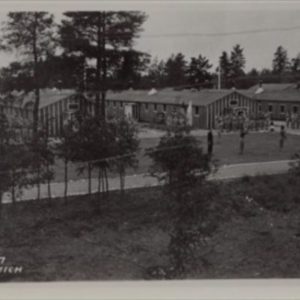A Legacy of Conservation and Hard Work In the depths of the Great Depression, with unemployment at staggering levels, President Franklin D. Roosevelt launched the Civilian Conservation Corps (CCC) as part of his New Deal efforts to put young men to work while preserving the country’s natural resources. On May 2, 1933, two hundred young men from Detroit and Hamtramck arrived in Chippewa County. They came to establish Camp Raco, Michigan’s very first CCC facility. This marked the beginning of a program that would leave a lasting impact on Michigan’s forests, parks, and conservation efforts. Building More Than Just Camps… Read More »













